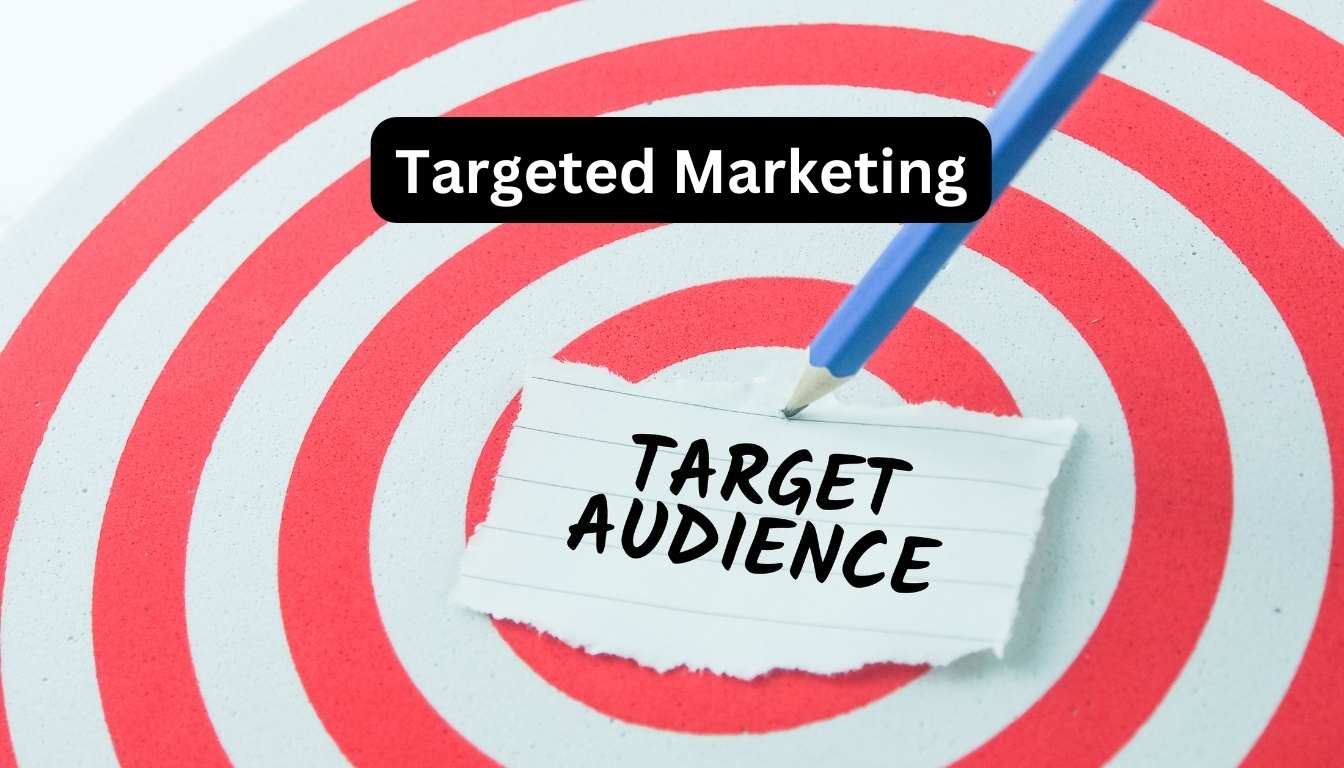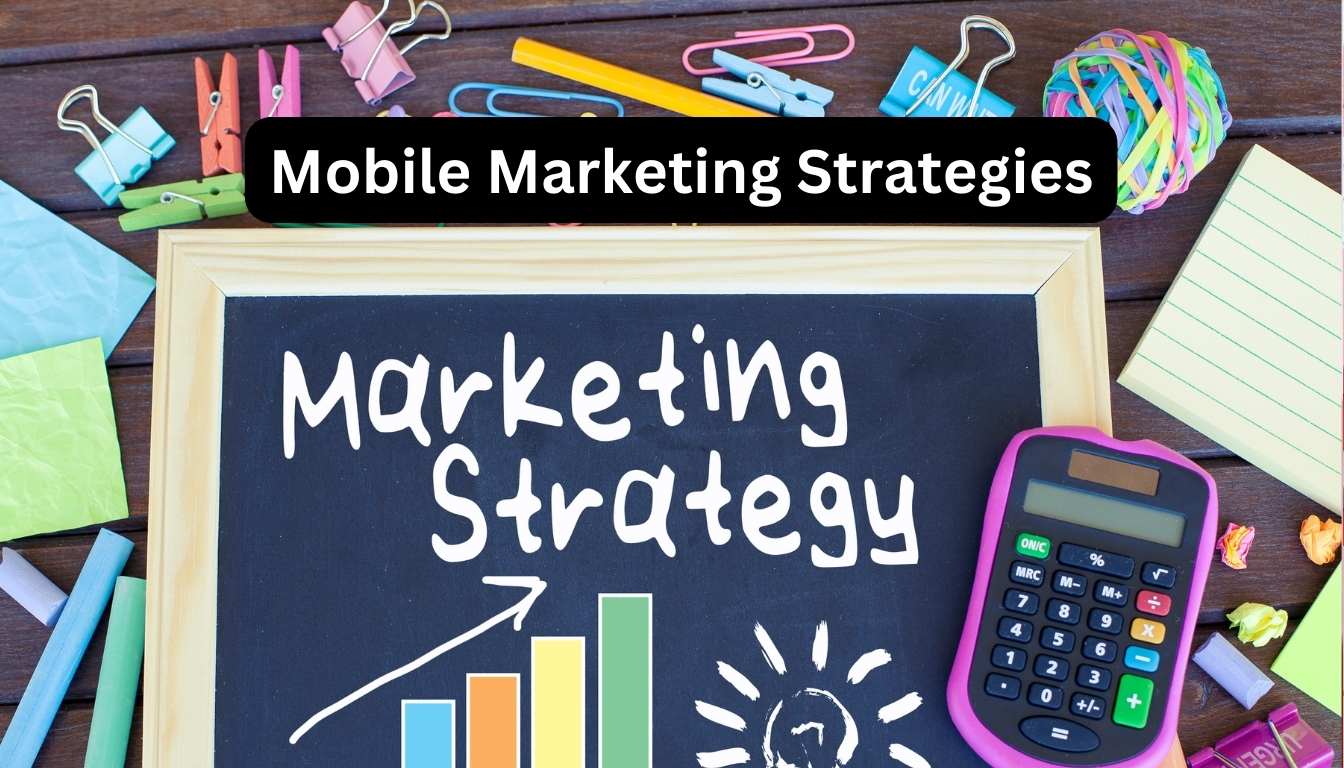Account-based marketing (ABM) and inbound marketing are two strategies that can work together to drive business growth. ABM is a highly-targeted approach that aligns marketing and sales to create personalized experiences for accounts, while inbound marketing focuses on attracting customers through valuable content. By combining these two strategies, businesses can attract the right customers, accelerate the sales cycle, and provide a personalized buying experience. In this guide, we will explore the key components of ABM and inbound marketing, their similarities and differences, and how to implement them effectively.
Key Takeaways:
- Understanding the similarities and differences between ABM and inbound marketing
- Implementing a comprehensive ABM and inbound marketing strategy for business growth
- The advantages and challenges of ABM and inbound marketing
- Utilizing data and tools to optimize ABM and inbound marketing strategies
- Tailoring marketing strategies based on audience segmentation for better results
What is Account-Based Marketing?
Account-based marketing (ABM) is a strategic approach that focuses on targeting specific accounts rather than individual buyers. It involves aligning marketing and sales efforts to create a personalized buying experience for these accounts. ABM is an effective strategy for businesses that sell high-value products or services to other businesses (B2B). By treating each account as an individual buyer, businesses can deliver a consistent and personalized content strategy that resonates with their target audience.
The Benefits of Account-Based Marketing
Implementing an ABM strategy offers several advantages for businesses:
- Shorter Sales Cycles: By focusing on high-value accounts, ABM allows businesses to prioritize their efforts and shorten the length of the sales cycle.
- Increase ROI: By targeting specific accounts, businesses can allocate their marketing resources more efficiently and maximize their return on investment.
- Promote Personalized Experiences: ABM enables businesses to create tailored content and messaging that address the unique needs and preferences of each target account, providing a personalized buying experience.
- Effectively Sell to B2B: ABM is particularly suited for B2B sales, as it allows businesses to engage with key decision-makers and influencers within the target accounts.
To illustrate the benefits of ABM, here’s a visual representation of how it compares to a traditional approach:
| Traditional Marketing | Account-Based Marketing | |
|---|---|---|
| Targeting | Mass audience | Specific accounts |
| Content | Generic | Personalized |
| Efficiency | Low | High |
| ROI | Varying | Optimized |
As you can see from the comparison above, ABM allows businesses to focus their efforts on specific accounts, delivering personalized content and improving efficiency and return on investment.
Account-Based Marketing and Inbound Marketing
While Account-Based Marketing (ABM) and Inbound Marketing are distinct strategies, they have the potential to complement each other and drive business growth. Both approaches require a deep understanding of the target audience and share the common goal of delivering an exceptional buying experience. Inbound Marketing focuses on attracting customers through valuable, SEO-optimized content, while ABM allows businesses to cater to high-value accounts through personalized and targeted content.
Combining these strategies enables businesses to attract the right customers, accelerate the sales cycle, and provide a personalized and valuable customer experience throughout the entire buying journey.
Attracting the Right Customers
Inbound Marketing leverages targeted content to attract customers who are actively searching for solutions or information. By optimizing content with relevant keywords and addressing customer pain points, businesses can position themselves as trusted industry leaders and attract prospects who are genuinely interested in their offerings.
ABM, on the other hand, focuses on identifying and engaging with high-value accounts. By tailoring content specifically for these accounts, businesses can capture their attention and demonstrate their understanding of their unique needs. This targeted approach ensures that businesses are attracting and engaging with accounts that have the potential for significant revenue.
Accelerating the Sales Cycle
Both ABM and Inbound Marketing strategies have the advantage of accelerating the sales cycle. Inbound Marketing facilitates the process by nurturing prospects through various stages of the buyer’s journey. By delivering valuable content at each stage, businesses can guide prospects towards making a purchasing decision more quickly.
ABM, on the other hand, enables businesses to identify and target accounts that are already in the later stages of the buyer’s journey. By focusing resources on these accounts and providing personalized and compelling content, businesses can help move them through the sales process faster, resulting in shorter sales cycles and increased revenue.
Delivering a Personalized and Valuable Customer Experience
The integration of ABM and Inbound Marketing allows businesses to deliver a truly personalized and valuable customer experience. Inbound Marketing ensures that prospects receive valuable content that is tailored to their needs, interests, and pain points.
ABM takes personalization a step further by delivering content specifically curated for high-value accounts. By addressing the unique challenges and goals of these accounts, businesses can demonstrate their commitment to providing a personalized and relevant experience.
Together, ABM and Inbound Marketing create a marketing strategy that is targeted, personalized, and valuable, ensuring that businesses attract the right customers, accelerate the sales cycle, and deliver an exceptional buying experience.
| Account-Based Marketing | Inbound Marketing |
|---|---|
| Focuses on specific high-value accounts | Targets a broader audience |
| Delivers personalized and targeted content | Provides valuable and SEO-optimized content |
| Shortens the sales cycle for high-value accounts | Nurtures prospects through the buyer’s journey |
| Enhances customer engagement with personalized experiences | Establishes thought leadership and builds trust |
How to Do Account-Based Marketing
Implementing an effective account-based marketing (ABM) strategy involves several key steps. By following these steps, businesses can identify target accounts, create tailored content, and engage with them through multiple channels. Additionally, measuring success is crucial to optimize the ABM strategy for maximum impact.
Step 1: Identify Target Accounts
The first step in ABM is to identify high-value target accounts. To do this, businesses need to consider factors such as company size, industry, and revenue potential. By focusing on accounts that are most likely to convert, businesses can optimize their resources and efforts. Here’s an example table showcasing the identification process:
| Criteria | Weightage | Target Account A | Target Account B | Target Account C |
|---|---|---|---|---|
| Company Size | 25% | Large | Medium | Small |
| Industry | 30% | Software | Manufacturing | Finance |
| Revenue Potential | 45% | High | Medium | Low |
Step 2: Develop Tailored Content
Once the target accounts are identified, businesses can develop tailored content and messaging to address the unique needs and preferences of each account. This involves creating personalized campaigns, emails, and other marketing assets. By providing relevant and valuable content, businesses can engage and build rapport with the target accounts.
Step 3: Engage with Multichannel Strategies
Engaging with target accounts through multiple channels is vital for ABM success. This includes email campaigns, social media outreach, personalized landing pages, and direct mail. By utilizing a multichannel approach, businesses increase their chances of attracting and engaging target accounts effectively. Here’s a list of engagement channels:
- Email campaigns
- Social media outreach
- Personalized landing pages
- Direct mail
Step 4: Measure Success
Tracking and measuring success is crucial for optimizing the ABM strategy. Businesses should monitor metrics such as company growth, revenue generated, and engagement levels at the account level. This allows businesses to identify trends, evaluate the effectiveness of their tactics, and make data-driven decisions to improve the ABM strategy.
Implementing an effective ABM strategy requires identifying target accounts, creating tailored content, engaging with target accounts through various channels, and measuring success. By following these steps, businesses can drive growth, increase ROI, and improve customer relationships through account-based marketing.
What is Inbound Marketing?
Inbound marketing is a powerful strategy that aims to attract customers through the creation and delivery of valuable content. It revolves around understanding the buyer’s journey and providing relevant information at every stage. By offering valuable content, such as blog posts, eBooks, videos, and social media content, businesses can establish thought leadership and effectively convert prospects into loyal customers.
The buyer’s journey is a crucial aspect of inbound marketing. It includes the awareness, consideration, and decision stages, where potential customers become aware of a problem, consider possible solutions, and ultimately make a purchase decision. Inbound marketing targets each stage by providing content that addresses the specific needs and concerns of potential customers.
By focusing on valuable content, inbound marketing helps build trust and credibility with potential customers. When businesses consistently deliver high-quality and informative content, they position themselves as reliable sources of information within their industry. This positions them as thought leaders and increases their chances of being considered by potential customers when making a purchasing decision.
Benefits of Inbound Marketing
Inbound marketing offers several advantages for businesses:
- Increased brand awareness and visibility
- Establishment of thought leadership
- Higher website traffic and engagement
- Improved lead generation
- Enhanced customer trust and loyalty
- Higher conversion rates
The focus on providing valuable content and addressing the needs of potential customers at each stage of the buyer’s journey allows businesses to build meaningful relationships with their audience.
Along with the benefits, it is essential for businesses to prioritize their content strategy and ensure that it aligns with the goals of inbound marketing. By consistently creating and delivering valuable content, businesses can continue to attract and engage their target audience, driving long-term growth and success.
| Benefits of Inbound Marketing | |
|---|---|
| Increased brand awareness and visibility | |
| Establishment of thought leadership | |
| Higher website traffic and engagement | |
| Improved lead generation | |
| Enhanced customer trust and loyalty | |
| Higher conversion rates |
The Advantages of Implementing Inbound Strategies
Implementing inbound marketing strategies offers several advantages for businesses. By leveraging the power of inbound marketing, businesses can:
- Generate Quality Leads: Inbound marketing focuses on creating valuable content that attracts potential customers. By providing relevant and helpful information, businesses can attract leads that are genuinely interested in their products or services.
- Build Strong Customer Relationships: Through inbound marketing, businesses can establish trust and credibility with their audience. By providing valuable content and addressing their pain points, businesses can build stronger relationships with customers, leading to increased loyalty and repeat business.
- Increase Organic Traffic: Inbound marketing strategies, such as optimizing content for search engines, can improve a website’s search engine rankings. This, in turn, can drive organic traffic to the website, resulting in more visibility and potential leads.
- Improve Conversion Rates: Inbound marketing allows businesses to target leads that are genuinely interested in what they have to offer. By providing valuable content throughout the buyer’s journey, businesses can nurture leads and increase the chances of conversion.
Implementing inbound marketing strategies empowers businesses to attract the right customers, establish meaningful connections, drive organic traffic, and boost conversion rates. It is a powerful approach that can deliver long-term growth and success.

Data and Tools Used in ABM vs. Inbound Marketing
Both ABM and inbound marketing strategies rely on data and tools to achieve success. Let’s explore how these strategies leverage data-driven insights, utilize customer data platforms, and implement content-focused tactics.
Data-driven Insights
Data plays a crucial role in both ABM and inbound marketing. ABM utilizes customer data platforms (CDPs) to compile data from various sources, such as CRM systems, website analytics, and social media interactions. By analyzing this data, businesses can gain valuable insights into high-value accounts, including their preferences, behaviors, and pain points. These data-driven insights enable businesses to create personalized campaigns and deliver targeted messaging that resonates with their target accounts.
Customer Data Platforms
Customer data platforms (CDPs) are powerful tools employed in ABM strategies. CDPs help businesses gather, manage, and analyze customer data from multiple touchpoints, such as website visits, email interactions, and social media engagements. The consolidated data stored in CDPs provides a unified view of each customer, allowing businesses to create personalized experiences at scale. By harnessing the power of CDPs, businesses can enhance their account-based marketing efforts and deliver highly personalized campaigns to their target accounts.
Content-focused Tactics
Inbound marketing places a strong emphasis on content creation and distribution. Through content-focused tactics, businesses aim to attract and engage their target audience. By producing valuable and relevant content, such as blog posts, videos, ebooks, and social media content, inbound marketers can position their brand as a thought leader and attract potential customers throughout their buyer’s journey. Additionally, inbound marketing leverages social media platforms to engage with the audience, drive traffic to the website, and nurture customer relationships.
By analyzing data and leveraging the right tools, businesses can optimize their ABM and inbound marketing strategies for maximum impact. The next section will explore the benefits of combining these two strategies and how businesses can create a comprehensive and effective marketing strategy.
Combining ABM and Inbound Techniques
Combining ABM and inbound marketing can create a more comprehensive and effective marketing strategy. By integrating the strengths of both approaches, businesses can leverage targeted account-based marketing while still reaching and engaging a broader audience through inbound techniques. This unified content strategy allows businesses to provide personalized experiences for high-value accounts while also delivering valuable content to attract and convert prospects.
To seamlessly integrate ABM and inbound techniques, technology plays a crucial role. Implementing tools such as a customer relationship management (CRM) system or marketing automation tools enables businesses to streamline processes and synchronize efforts between sales and marketing teams. This technology integration facilitates the efficient delivery of personalized content to target accounts and broader audience segments.
Measuring the success of the combined ABM and inbound strategy is vital for optimizing performance and driving results. Businesses should track key metrics to evaluate engagement, clickthrough rates, conversions, and other relevant factors. Analyzing this data provides insights into the effectiveness of the unified content strategy and helps refine and adjust marketing efforts accordingly.
Combining ABM and inbound techniques requires a unified content strategy
Tailoring Strategies Based on Audience Segmentation
Tailoring marketing strategies based on audience segmentation is crucial for the success of both Account-Based Marketing (ABM) and inbound marketing. By understanding the unique needs and preferences of each target audience segment, businesses can adapt their approach and create personalized content that effectively addresses specific challenges and pain points.
Customer profiling plays a vital role in audience segmentation. By creating detailed customer profiles, businesses can gain valuable insights into their target audience, including demographics, behaviors, and preferences. These profiles serve as the foundation for developing tailored marketing strategies that resonate with the audience and drive results.
When adapting the marketing approach, businesses should consider the various stages of the buyer’s journey. By mapping out the customer’s path from awareness to consideration to decision-making, marketers can create content that aligns with the unique needs of each stage and guides the audience toward making a purchase.
Benefits of Audience Segmentation:
- Improved targeting: By segmenting the audience, businesses can optimize their marketing efforts by focusing on specific customer groups that are more likely to convert.
- Higher engagement: Personalized content and messaging increase engagement rates as it speaks directly to the unique needs and interests of the audience.
- Enhanced customer experience: By catering to the unique needs of different segments, businesses can provide a tailored and satisfying experience, fostering loyalty and repeat business.
Here’s an example of how audience segmentation can be applied in practice:
| Segment | Demographics | Needs and Challenges | Marketing Approach |
|---|---|---|---|
| Segment A | Working professionals aged 25-35 | Looking for career growth opportunities | Targeted LinkedIn ads promoting career development webinars and e-books |
| Segment B | Small business owners | Seeking cost-effective solutions for their businesses | In-depth blog posts and email newsletters highlighting affordable business tools and strategies |
| Segment C | Enterprise-level decision-makers | Interested in scalable solutions and long-term partnerships | Personalized email campaigns featuring case studies and testimonials from similar companies |
By tailoring marketing strategies based on audience segmentation, businesses can effectively reach and engage their target customers, driving better results and ultimately boosting their bottom line.
Conclusion
Combining account-based marketing (ABM) and inbound marketing can be the key to a successful and effective marketing strategy. By integrating these two approaches, businesses can attract the right customers, accelerate the sales cycle, and provide a personalized and valuable buying experience.
ABM focuses on targeting specific accounts and tailoring content to meet their unique needs and preferences. On the other hand, inbound marketing attracts customers through valuable content that aligns with their interests and pain points. By leveraging these strategies together, businesses can create a comprehensive and effective marketing plan that drives results.
To make the most out of this combination, it is crucial to have a deep understanding of the target audience and their buying journey. By analyzing data and leveraging technology, such as customer relationship management (CRM) systems and marketing automation tools, businesses can optimize their ABM and inbound techniques for maximum impact.
FAQ
What is the difference between Account Based Marketing (ABM) and Inbound Marketing?
Account Based Marketing (ABM) is a highly-targeted approach that focuses on specific accounts, while Inbound Marketing aims to attract customers through valuable content.
How can ABM and Inbound Marketing work together?
By combining these strategies, businesses can attract the right customers, accelerate the sales cycle, and provide a personalized buying experience.
What are the advantages of implementing Account Based Marketing?
ABM can shorten sales cycles, increase ROI, and effectively sell to the highest value accounts.
What are the advantages of implementing Inbound Marketing?
Inbound Marketing helps generate leads, build stronger customer relationships, increase organic traffic, and ensure higher conversion rates.
What data and tools are used in ABM and Inbound Marketing?
ABM utilizes customer data platforms (CDPs) for personalized campaigns, while Inbound Marketing focuses on content creation and social media engagement.
How can ABM and Inbound Techniques be combined?
By developing a unified content strategy and leveraging technology such as CRM systems or marketing automation tools.
Why is tailoring strategies based on audience segmentation important?
Tailoring strategies allows businesses to address specific challenges and pain points of their target audience, resulting in a more impactful marketing strategy.







